#worn books
Text


The Count of Monte Cristo; Penguin Classics.
#the count of monte cristo#penguin classics#classic#classic books#alexandre dumas#reading#book aesthetic#bookworm#worn books
285 notes
·
View notes
Text
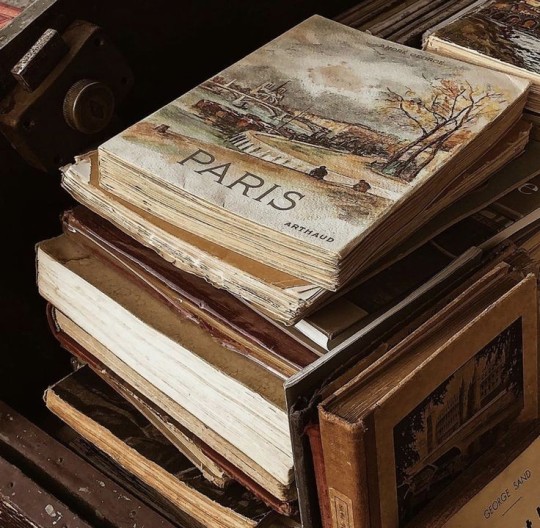
See more like this.
#book#books#paris#illustration#text#writing#written#vintage#vintage aesthetic#old books#vintage books#worn books#bookworm#bookcase#stack of books#literature#brown aesthetic
66 notes
·
View notes
Text
cried for three hours this morning because i love and adore mass market paperbacks especially the chunky ones because once you're done reading them they look like they've been read and passed down for atleast two generations...love that. and then it's like your mental state and the book's physical state are at par, you know. it's like a little. buddy that's been on the journey with you and actually shows the wear and tear of it... *chef's kiss*
#books#book#i love you mass market paperbacks#mass market paperbacks#worn books#annotations#annotated books#second hand books
129 notes
·
View notes
Text
But these books had been lived in and loved
(He) would bring me rare editions of my favorite classics back from the junkyards and estate sales and country op shops he frequented for work. Clothbound copies of Wuthering Heights and Rebecca, pages gilded gold. But these books had been lived in and loved, not like the ones we kept on the first-edition shelves at work, locked in a glass case. The books Jude brought me had been handled, covers worn, spines showing through the threadbare binding like a skinned knee. I liked the way they felt haunted by other hands, the feeling that time didn’t really keep us apart, wasn’t an unbreachable gap. That I could touch the same objects as the ghosts of other times. I felt their presence in the parsed-over pages, the pencil marks, obscure annotations. You like things that are old and broken, Jude often teased... I turned the pages with wet hands, salt and sand dried in the margins, the edges warped in waves, I spilled coffee, crumbs, blood from a chewed fingernail. And in this way the books held my life, were my life—at least until Jude. Always the feeling, in those early days, that he had brought me back to the physical world.
— Madelaine Lucas, Thirst for Salt (Tin House Books, March 7, 2023)
7 notes
·
View notes
Text


🍰Bake Off Night🍪
Happy one month RWRB movie❤️🤍💙
#I love that henry likes to wear baggy clothes in the book canon and Nick should've worn the oversized cardigan in the movie too...#red white and royal blue#first prince#fanart#my art#rwrb movie#nicholas galitzine#taylor zakhar perez#rwrb fanart#firstprince#RWRB#rwrb film
3K notes
·
View notes
Text

big man...why is he so big...(hes full of love)
#mine#original#oug im tired!!! sleepy!!#what hve i done this week... i processes like 30 orders bc i had such a backlog OGUG. did 2 drawings for my portfolio. did this drawing#also did sm good planning! and sketching!#i was gna colour my portfolio drawings but im. pretty worn out so now maybe i will not#my lower back has been rlly sore also so . im gna try n avoid sitting at my desk heeh#its like half 12 whilst im queueing this....gna hve sm lunch soon. adn then read maybe. i finished my book this morn it was ver good#foxen bloom by. someone. cannae remember !!! very good nice an short#its a nice day..might go 4 walk#ive started on the sleeves for my jumper uehue !!!! am def gna run out of wool so annoying....will b short like. half a ball.#im gettin close 2 finishing my blanket....kinda...i ordered too much wool for that kjbsdkjbs#yes yes reading. i should do yoga maybe. world of pain#okay goodbye
4K notes
·
View notes
Text
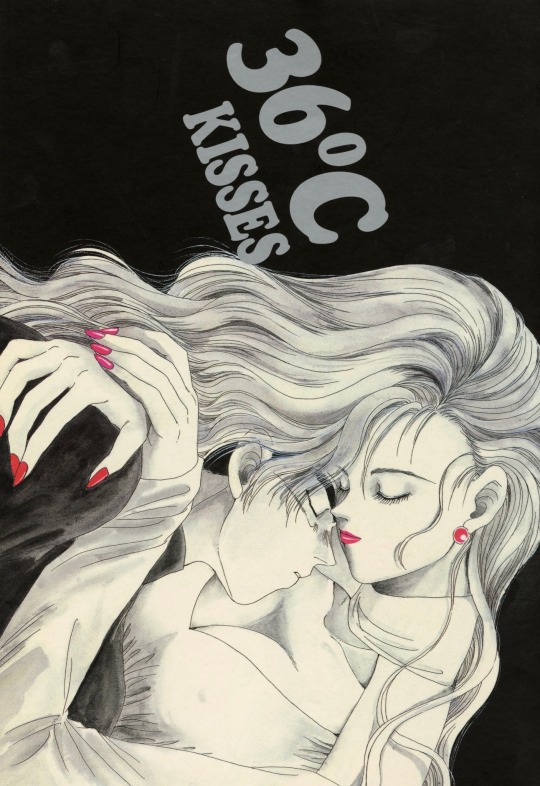
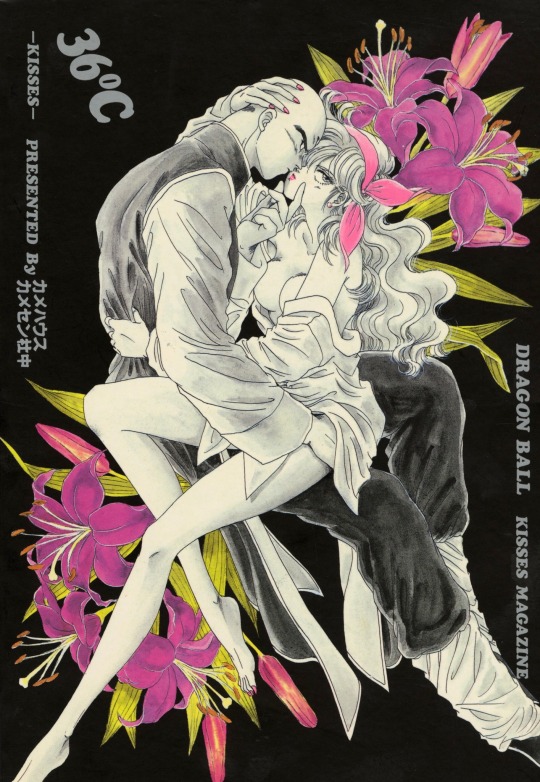



From: 36oC Kisses by Kame House
#dragon ball#dbz#vegeta#bulma#yamcha#tien#launch#vegebul#yambul#tienlaunch#tienshinhan#doujinshi#the last ones a poster that came with the book#i scanned the first yambul story plus a vegebul illustration at the end of the book#the books kind of worn out and bent after going through the school scanners#so ill try to find alternative ways to scan it#ill find the time to format the first yambul chapter properly and upload it in a separate post#or at least ill try to…#mine#my scans
99 notes
·
View notes
Text


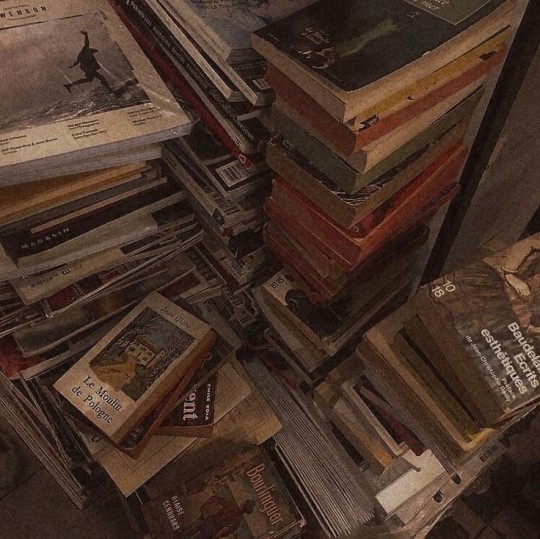

#wasn't love when something is worn down?#dark academia#light academia#light acadamia aesthetic#dark acadamia aesthetic#found on pinterest#old books#nostalgia#orange#autumn#fall aesthetic
1K notes
·
View notes
Text
I keep thinking everyone knows the exact same information as me, but since I'm about to make more posts about textiles and clothing, as I'm reading the book on them, I'm going to write down some basic information, just in case it's not very common, because a lot of this I only gathered recently. If I get something wrong please correct me in a kind way!
So where does the clothing come from, and how do we make it? During most of the history, textiles were made by women, from natural materials; flax, wool, cotton, silk, jute. Recently we started using more synthetic materials, like acrylic, polyester, nylon, spandex. If you want to make clothing from the natural materials, like wool or cotton, they first need to be processed, cleaned and combed, then spun into yarn, or thread. Spinning is the process where women manage to pull a thin part of the material and spin the fibres into one consistent, firm thread. It's super impressive to watch them do it and I have no idea how they manage to make it consistent, I've not yet tried to do it myself.
Once the thread is done, it can be made into a textile by knitting, crochet, or weaving. There are also other more complex, decorative methods, like tatting or lacing.
For knitting, you need two needles, or a special circular needle, or, there are also knitting machines, which you can use to make woolen fabric. For weaving, you need a loom. For crochet, you need a crochet hook. While knitting and weaving can be done by a machine, crochet can only be done by hand. Woven fabrics are firm, sturdy, durable, and not stretchy, while knit fabric is the most stretchy and soft. I'm not sure about crochet since I only have one crochet garment, but mine is very sturdy!
All of these methods were historically done by women; families were able to grow flax plants close to their homes, and women would then create linens, woven textiles made from processed flax, which was used to make sheets and clothing. Linen was specifically useful in keeping people clean, since it's very good at absorbing moisture. Used as an under-garment, it was capable of absorbing sweat, and protecting the outer layers, which were not washed. Experiments have shown that frequently changing into clean linen was more effective at keeping clean than showering and then putting on the same clothing back on.
Women's ability to create clothing was sadly exploited, and women were even banned to sell it commercially, or from competing at the commercial market, but their husbands were allowed to profit off of their craft.
In the USA, cotton was the most produced material, however for this too people were enslaved and exploited; cotton took human labour to grow, harvest and process, it also required a lot of water, and caused destruction of environment, because of the chemicals used in it's growth, and the unsustainability of monocrops.
Creating a piece of clothing out of textiles, or sewing, is a process that still cannot be completely automated; while you can use a sewing machine, you cannot make a machine that would produce a whole garment out of textiles. No mass-produced piece of clothing was sewn by a machine, it always has to be made by a human being. This is why a lot of the sewing labour is currently outsourced to third-world countries and companies use modern slavery in order to create fast fashion; there is no machine that can do it, so by the rules of capitalism, the companies are trying to get that labour as cheap as possible, often at the cost of human lives.
We didn't use to have as many garments as we do today, in the 18th century people would have two outfits, one for normal days of the week, and one for Sunday. The clothing they owned was usually made to fit them exactly, either by a female member of the family, or a seamstress, and these garments were made to last them for decades. As clothing became cheaper to buy than to make at home, and more of it became mass-produced, people started acquiring more of it, but also using it for lesser period of time. This would eventually grow into a bigger problem, due to the amount of chemicals and labour used to grow, process, dye and sew the garments, and the amount of waste we were starting to accumulate.
Introduction of synthetic materials, like acrylic, made the yarn and the textiles much cheaper, however it lacks the important properties natural materials have. Do you ever notice how synthetic garments sometimes continue smelling bad even after you wash them? That is because they'll absorb sweat, but become hydrophobic when wet, meaning they will take in your sweat, but refuse to let it go once they're in the water. This means that the longer you have them, the worst their stink becomes. This, of course, can be hidden by the generous use of scented fabric softener, but it won't exactly make the garment clean. This information I've learned recently, but it helped me identify what were the most synthetic pieces of clothing I had. Acrylic clothing had also proven to shed 1.5 more microplastics than any other polyester when put into the washing machine.
Having our clothing grown, processed, spun, woven/knit, and then sewn far out of sight, it's possible to lose the sight of where it came from, or how it's made. Only by trying to do it yourself, or learning closely about the process can one learn to appreciate what a monumental task it is, to create fabric, or a garment. Other than the synthetic textiles, of which I still know very little of, all of the natural clothing is a product of plants and animals, it takes land, farming, agriculture and water to grow the plants, raise the animals, and then labour to process and spin the fibres. It's also something people used to do in their gardens, inside of their homes, something that was normal for women to do, and to trade for anything else they needed, saving them from having to work for wages. Women making fabric was always to the benefit of everyone around them, while m*n taking over the industry and doing it commercially, ultimately brought slave labour to a lot of people, cheap and low quality garments to the select few, and money to the hands of the exploiters.
Being curious about clothing and what becomes of it, is a big benefit to the environment and the future of the earth! Knowing what the textile industry is doing, and how does it affect the planet, can be a great motivator to try and sew, or upcycle and mend clothing, or create garments. It's presented to us as something women were forced to do in the past, and it's connected to 'feminine hobbies', but in actuality, it is power to create something humans cannot do without. Women in the past used it's power too, whenever they could. And we are the only ones who ever used this power for good.
#textiles#clothing#linen#women's history#herstory#radical feminism#sewing#weaving#crochet#synthetic fiber#random information on clothing i've gathered#i feel much smarter so i wanna share!#if anyone knows more and wants to share please add#my sources are the book Worn#and dozens of youtube videos on textiles I've watched recently
139 notes
·
View notes
Text

FINALLY! AT LAST! GRANDDAD’S HORNBLOWER BOOK COLLECTION!!
#news from the cupola#hornblower#granddad tag#LOOK BEHOLD and SEE!#for those who do not recall I have been trying to locate these for Approximately Three Years...#now feeling large and complex emotions about the fact that he left the book-jacket in as a bookmark in lord#I know exactly where he left off when he last read it… (it was page 281)#and now he is Dead. and I miss him.#o granddad... I am stealing his hornblowers and possibly also his name...#feeling also large and complex emotions about the fact that I am only going to have space for one each of his copies of midshipman and#commodore... for each of those he had a lovely crisp copy and one that's worn and battered enough that I'm worried I'll break it#if I really open it up and give it a read! and each of them have their virtues and really it's Augh...#howEver. sorry granddad I will give away your copy of hotspur without shame. I have a lovely scratchboard paperback of which I am Fond.
58 notes
·
View notes
Text


#my latest attempts with some dilfs#1st one is working on his own books#2nd one is a worn out detective#my sims#the sims 4#sims 4#ts4#ts4 cas#create a sim#show us your sims#simblr
65 notes
·
View notes
Text
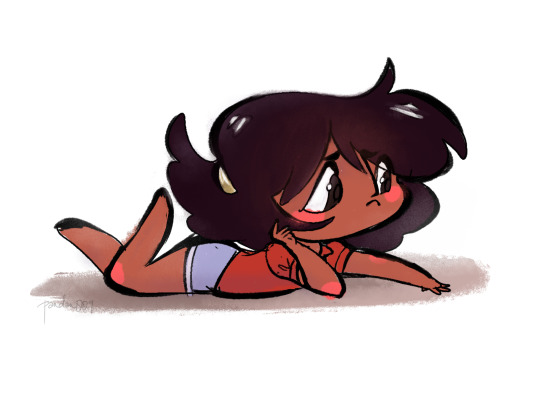
A quick warm up chibi before resuming to commissions.
I might have to change my brush stroke technique to adapt to the display tab.
#Connie Maheswaran#SU#my shiz#skedoobles#Idk what she's doing. Maybe I should've given her a book or something. Lol#The glass surface made drawing a little bit new I believe. I wonder if the paperlike textured screens are actually good?#I heard XP had pen nibs that makes drawing on the tab feel like paper. But I also heard it worns out fast. Plus it doesn't seem to be avai#lable locally. Overseas shipping fees is a big no.
98 notes
·
View notes
Text
You know, something that's been healing in ways I never really anticipated was buying secondhand books.
I have a physiology textbook that has the name Ernest written in beautiful cursive on the inside cover. Throughout the book, passages are highlighted, and I wonder: What is the difference between a passage underlined in red pen and one highlighted in yellow? Did he have a system, or did he use whatever was around him at the time? What kind of courses did he take? I wonder what he did after his degree... what if he became a renowned physiologist? Or, what if he abandoned everything to run away to chase dreams he knew were unwise?
It's something small you don't really think about, but there really is something holy about not being the first. This book isn't just the sum of knowledge anymore, it's become a love letter, with a completely separate story attached. That's something I will keep with me forever. We have always been here. We will pass down a tiny bit of ourselves no matter how long it has been. We will yet live.
#positivity#encouragement#encouraging words#it also helps that this textbook is (so far) very easy to comprehend#there's just something so beautiful about this book no longer just being a conglomerate of knowledge about human physiology#it is a story about a person who read this book too. somebody who learned the same thing i am learning now#and i can only presume this book is old - its cover is worn a bit and the cursive is actually really fancy#omg ernest underlined part of the text and matched it to a diagram and now it's SO much easier to understand 😭#i was looking at the diagram and i was really confused but now i GET IT all because of ernest#i wonder if he got frusterated with the diagram and so he made it easier because of it LMAO#reading chapter two about cells and all i remember is MITOCHONDRIA IS THE POWERHOUSE OF THE CELL
125 notes
·
View notes
Photo

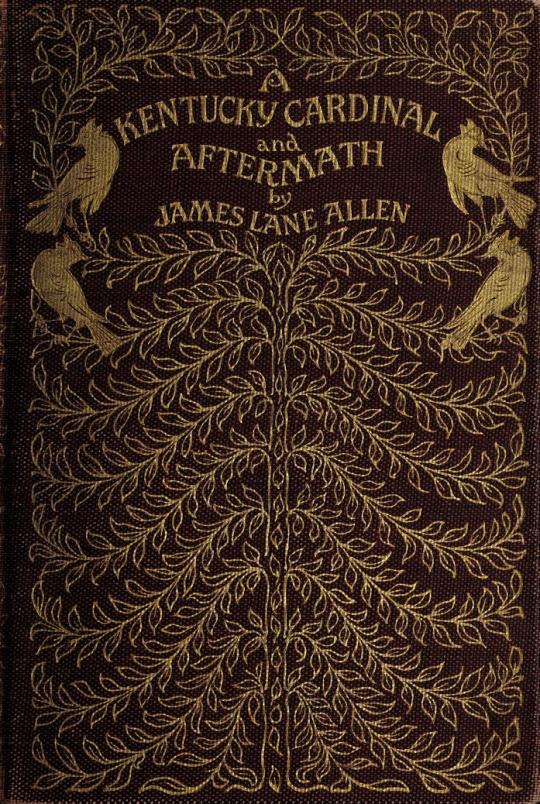
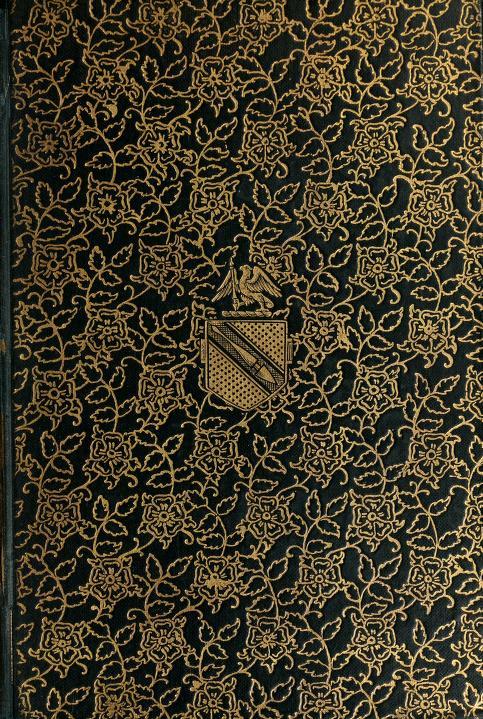
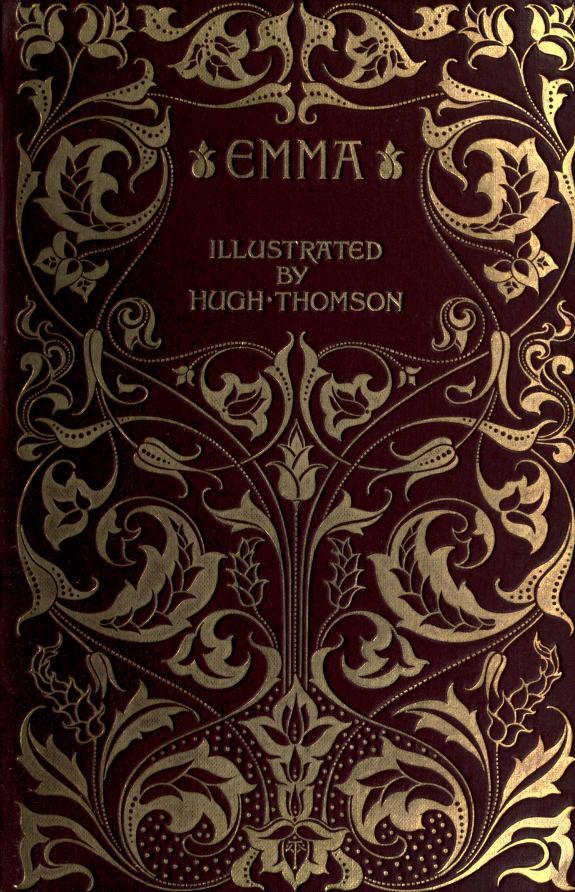
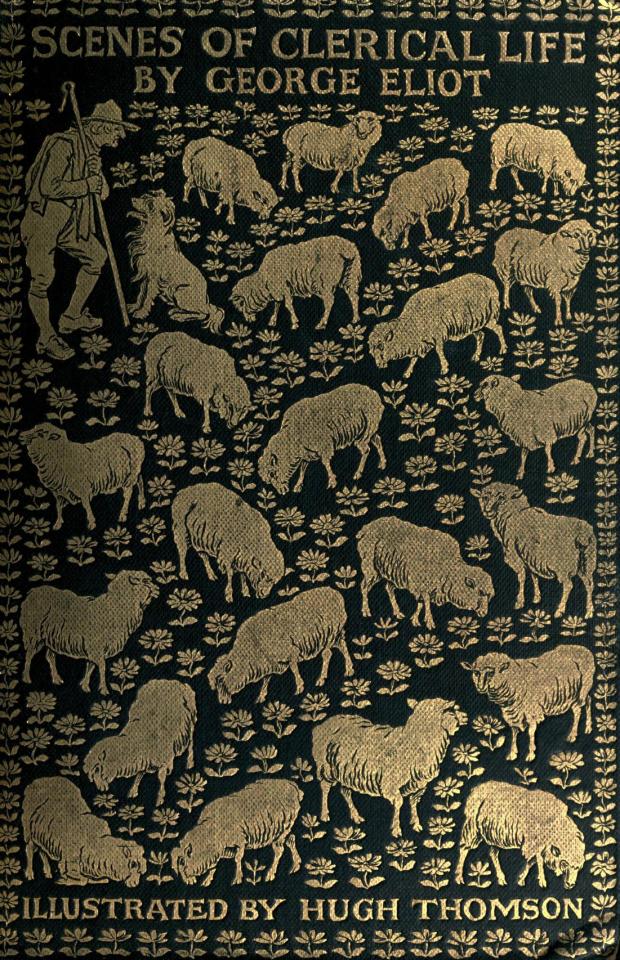



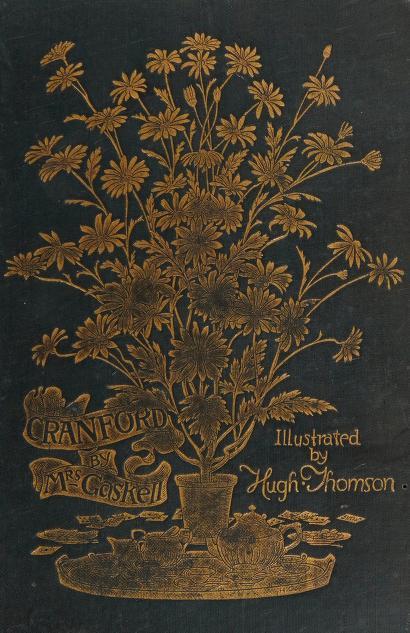
Vintage Book Covers on the Internet Archive + Macmillan's Cranford Book Series 2
(XXX,XXX,XXX)
#sadly the better quality cranford has a sticker on the cover so this is a rather worn one#books#vintage book covers#old books#cranford series#literature#book cover#vintage books#dark academia#antique books#*
92 notes
·
View notes
Text
i'm rereading the expanse and it's absolutely wild how james essay corey can write some of the most interesting+compelling female characters in fiction and then turn around and be like 'ok now let me fetishize her for a second tho'
#like. i just finished caliban's war.#and btwn naomi bobbie and avasarala the only one who doesn't get a nasty fetishized description at some point is avasarala#and u KNOW its only cause she's a 90yo gradma.#CAN YOU BE NORMAL ABT WOC. FOR THE LOVE OF GOD.#i love the expanse but james sa corey is my no1 enemy.#.txt#the expanse#u know how sometimes u return to a piece of media#and some of the shine of the parts u loved has worn off and the flaws r so much more glaring? yeah#the shitty parts like these get sparser with each book iirc but Man it is a pain#anyway. avasarala my beloved <333333 ive missed youuuuuu
48 notes
·
View notes
